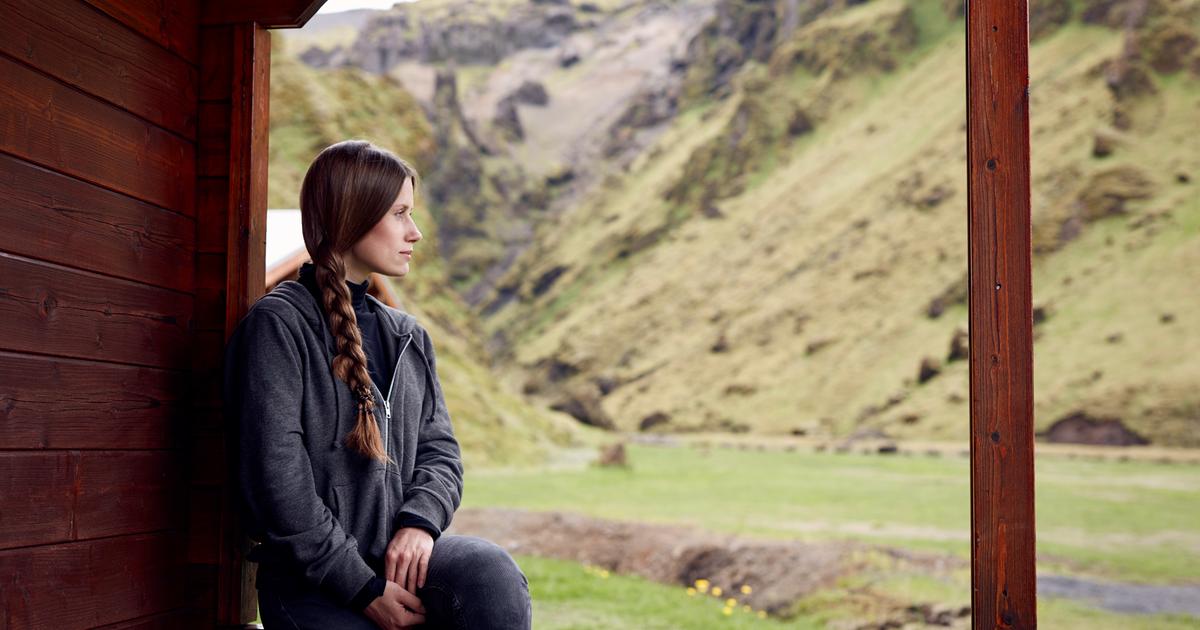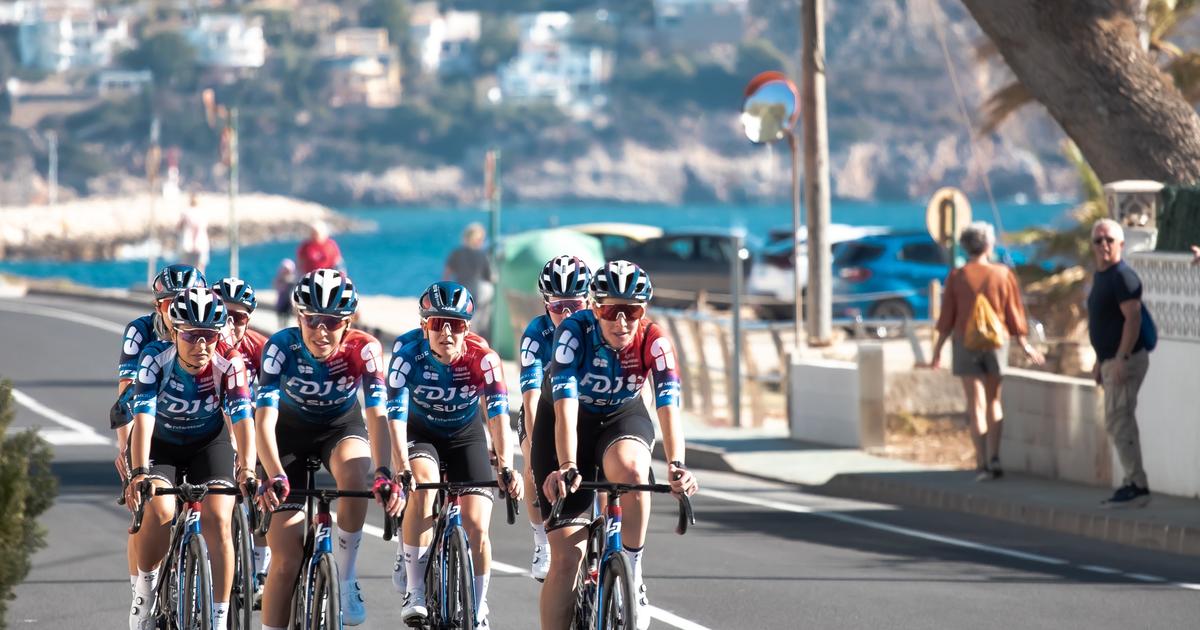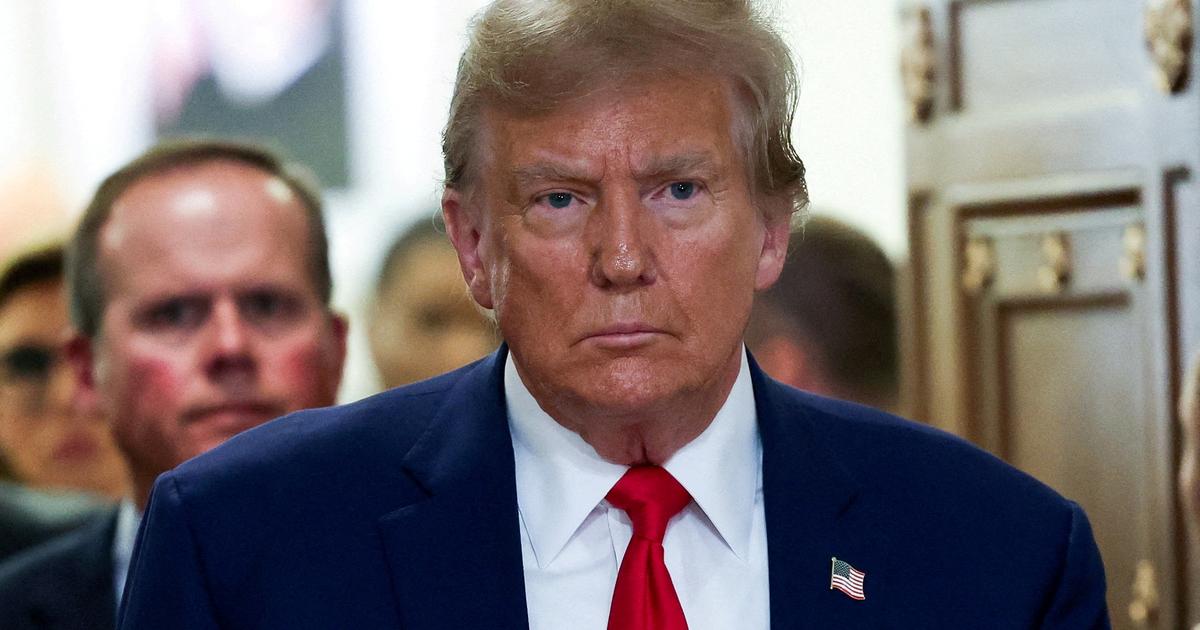A nurse injects a vaccine.Reuters
The disproportionate attention that the media gave to the “unexplained illness” of only one of the volunteers participating in the clinical trials of the covid-19 vaccine gives an idea of the enormous expectations placed by the entire world in overcoming this pandemic by way of mass immunization.
However, to get the vaccine as quickly as possible, countries have to invest in the development and production of vaccines that are likely to be successful.
This is particularly necessary for Latin America and the Caribbean, which, with 10% of the world's population, accounts for close to 25% of global coronavirus cases.
The normal schedule for vaccine development is usually between five and fifteen years.
The humanitarian and economic crisis that covid-19 is causing throughout the planet does not allow us to wait for these deadlines.
The International Monetary Fund has estimated that the countries of Latin America and the Caribbean will have accumulated losses of almost a trillion dollars in 2020.
These figures are so high that the benefits of advancing access to the vaccine, even for just one month, would amount to more than 50,000 million dollars for the region.
And that only considering the economic terms.
In what phase is each vaccine?
A coronavirus vaccine trial seen from the inside
The rough road to the covid vaccine
Pharmaceutical companies typically develop their industrial capacity on a commercial scale only after a vaccine has been tested for effectiveness and safety.
What's more, firms typically produce in a limited way at first to serve high-income markets, which means waiting and delays for developing countries.
Given this situation, governments can accelerate access to the vaccine by making risky investments for companies to install or readapt their industrial capacity while clinical trials are being carried out and before the safety and effectiveness of the vaccine are tested.
It's a gamble with no absolute guarantee of success, but the benefits are well worth the risk.
This has been seen by all the high-income countries that have invested billions of dollars to ensure hundreds of millions of doses of the vaccine, before they are certified, through bilateral agreements with multiple producers.
Furthermore, countries with production capacity will give a certain priority to supplying their domestic demand before offering vaccines for sale to other countries.
Latin America and the Caribbean, for its part, is investing in vaccines through bilateral and multilateral agreements.
As of October, 27 Latin American countries had signed commitments to participate in the Mechanism for Global Access to Vaccines against covid-19, also called COVAX, which will be administered by the Alliance for Vaccines (GAVI).
Brazil, Argentina, Chile, Colombia, Mexico and Peru, among others, have already negotiated or are in the process of negotiating with various pharmaceutical companies.
Some low-middle-income countries in the region may have access to a certain number of doses of eventual vaccines for free thanks to donations through the COVAX mechanism.
The benefits of advancing access to the vaccine, even if only one month, would amount to more than 50,000 million dollars for Latin America and the Caribbean
The recent publication of the Inter-American Development Bank (IDB) “Purchase at risk of vaccines against COVID-19” shows how valuable a safe and effective vaccine is.
This work, led by Michael Kremer, one of the winners of last year's Nobel Prize in Economics, points out that billions of dollars from the public coffers are worth investing in advance purchase commitments and production capacity to accelerate, although for only three months, the availability of vaccines in the region.
Even under very conservative assumptions, the publication points out that investing 2.6 billion dollars in a possible vaccine with a 29% probability of success and the possibility of vaccinating 20% of the population, could potentially benefit the region as a whole. with three months of economic and health problems minimized for a value of 8.700 million dollars, which would mean a net profit of 6.100 million.
A more ambitious projection of investing 19,000 million dollars in a portfolio of three vaccines could save the region 35,000 million dollars, with benefits of 16,000 million and a probability of success of 58%.
The logic is therefore undeniable: the benefits of investing in a good portfolio of potential vaccines, differentiated in terms of development platforms and production geographies, to immunize the population are so great that it makes sense to invest public funds, even if that requires loans.
As strange as it may sound, taking on debt to invest in vaccines could be the most responsible.
William Savedoff
is a lead specialist in the Social Protection and Health division of the Inter-American Development Bank (IDB).
Ferdinando Regalia
is head of the IDB's Social Protection and Health Division.
FUTURE PLANET can follow on
,
and
, and subscribe
here
to our 'newsletter'
.










/cloudfront-eu-central-1.images.arcpublishing.com/prisa/KMEYMJKESBAZBE4MRBAM4TGHIQ.jpg)


/cloudfront-eu-central-1.images.arcpublishing.com/prisa/EXJQILQR5QI7OMVRTERD7AEZAU.jpg)
